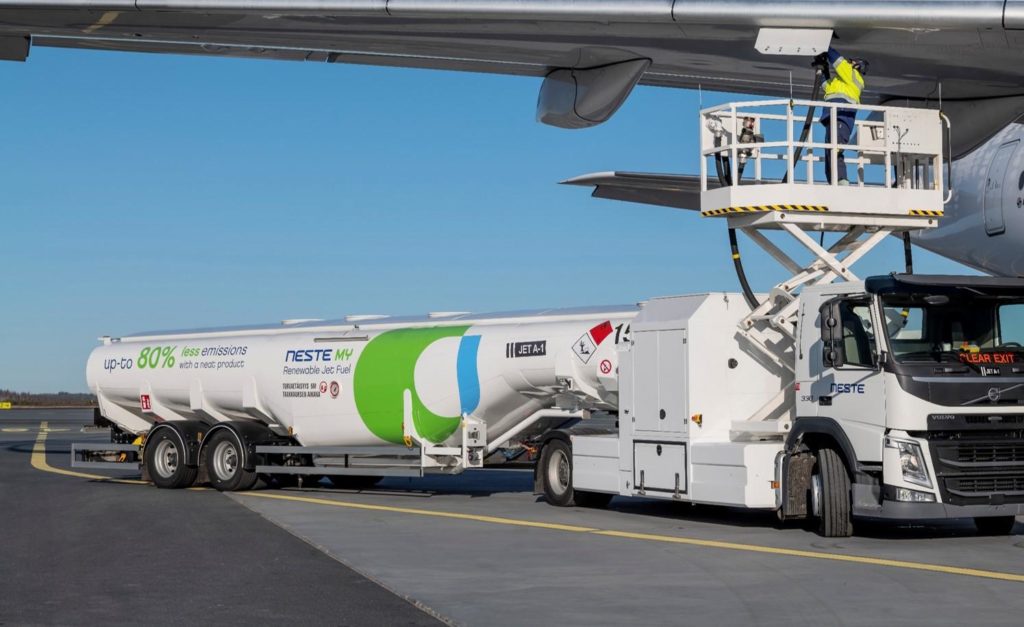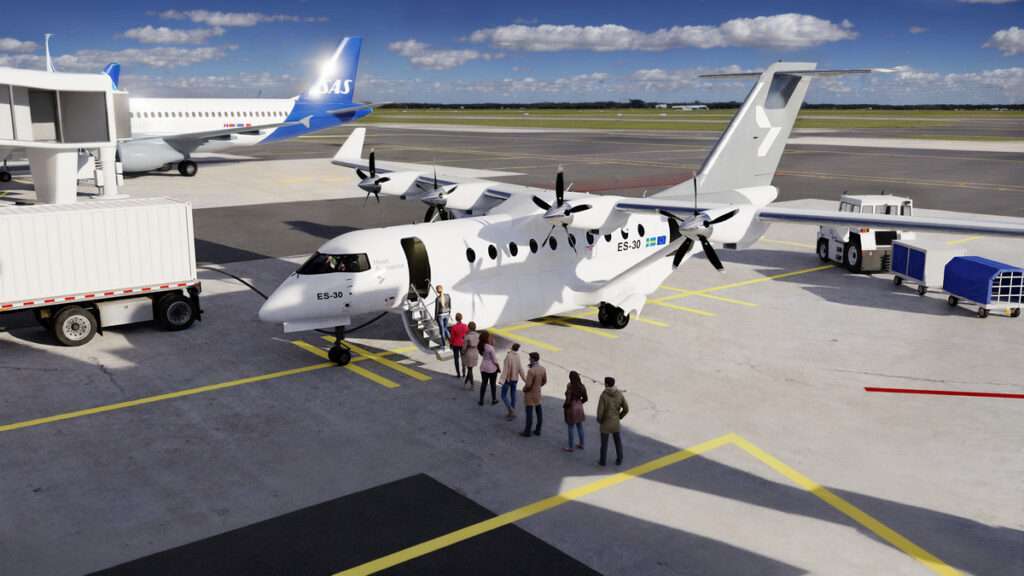Heart Aerospace, a pioneer in electric aviation technology, is urging the European Parliament to play a crucial role in decarbonizing the aviation industry.
In a recent speech delivered at the Parliament, Simon McNamara, Director of Government and Industry Affairs at Heart Aerospace, emphasized two key areas requiring collaborative action: funding and policy.
McNamara acknowledged the challenges in developing new aviation technologies. He highlighted the time, expertise, and financial resources needed to push boundaries and bring innovative solutions to life.
Heart Aerospace, for instance, is designing a 30-seat hybrid electric regional aircraft with the aim of commercialization within this decade.
Market Interest is Strong
The strong market demand for this technology is evident. There is also strong interest with additional options and purchase rights for 120 planes. Furthermore, the company has letters of intent for a further 191.
Sustainable Aviation Fuels (SAF) play a significant role in the industry’s commitment to net-zero emissions by 2050. New technologies are expected to contribute substantially as well.
According to roadmaps published by the Air Transport Action Group, new technologies could account for up to one-third of the needed decarbonization efforts.
However, the current funding landscape presents a challenge. Private investment has been the primary driver for new technology development, with limited public funds allocated to this sector.

A Call for EU Funding
Initiatives like the Clean Aviation Joint Undertaking provide a welcome financial boost for the aviation sector. However, traditional funding sources like the EU Innovation Fund haven’t prioritized aviation projects.
The modest funding granted to SAF further underscores this point.
McNamara drew attention to the pertinent observation made in the Parliament Resolution championed by the late MEP Erik Bergkvist, who was a strong advocate for electric aviation.
The resolution noted the absence of a specific EU aviation fund dedicated to supporting the sector’s decarbonization efforts.
It called upon the Commission to launch initiatives specifically aimed at financing electric aviation projects and actions to minimize aviation’s overall environmental impact.
Recent developments like the Connecting Europe Facility (CEF) – Alternative Fuels Infrastructure Facility call offer a glimmer of hope, but the pace of progress needs to accelerate.
Unlocking and directing European financing towards new aviation technology projects is critical, McNamara emphasized. This can be achieved through the Parliament’s continued support.

The Need for Infrastructure
Beyond funding, creating an enabling environment is equally important for the successful deployment of new technologies.
Upgrading airport infrastructure to accommodate the increased demand for electricity and hydrogen storage is essential.
Additionally, streamlining market access rules, user charges, and certification processes will be crucial. A comprehensive EU green regulation framework is also necessary to support the transition.
The recent political agreement on the Net Zero Industry Act, which recognizes “Sustainable transport” as a strategic technology enabler for a green future, is a positive step forward.
However, as McNamara pointed out, a more coordinated European strategy is needed to effectively develop and deploy green aviation technology.
He reiterated the call made in Bergkvist’s resolution, urging the Commission to develop such a strategy.

Summary
McNamara concluded his speech by highlighting the expertise and leadership potential of the audience, specifically the Transport Committee, in contributing to this crucial initiative.
He emphasized the significance of collaboration between industry stakeholders and the European Parliament in achieving a ‘green aviation’ sustainable future for European aviation.
This collaborative approach, coupled with increased funding and effective policy measures, can pave the way for the successful transition to electric flight in Europe.
This critical juncture in the aviation industry demands immediate action. By working together, unlocking the necessary funding, and establishing an enabling policy framework, a greener future for European aviation can be achieved.
Innovative technologies and collaborative efforts are taking flight towards a more sustainable future.

Click the banner to subscribe to our weekly newsleter.

Click the photo to join our WhatsApp channel so then you can stay up to date with everything going on in the aviation industry!









